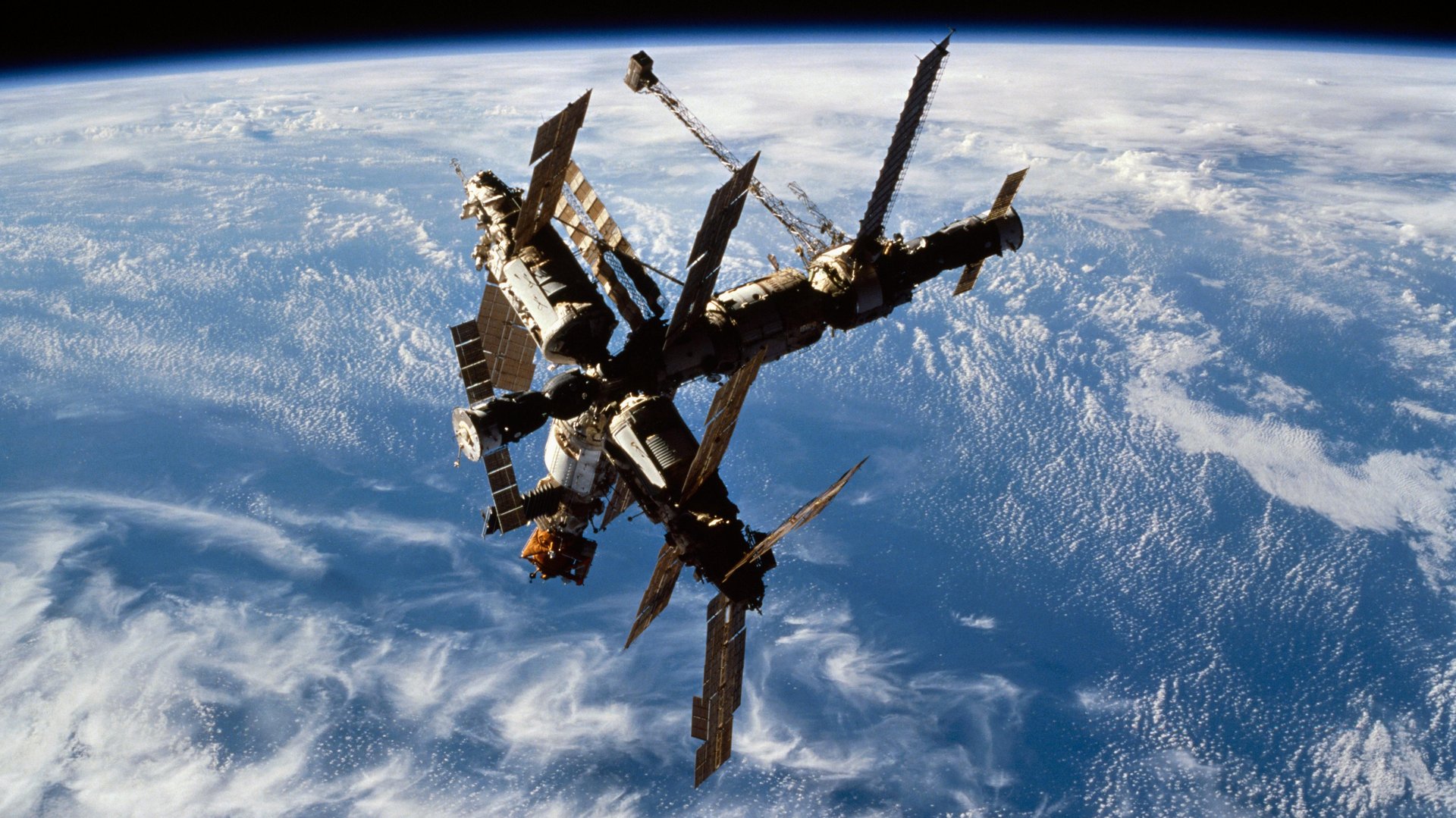There's a spaceship graveyard deep under the Pacific Ocean
The International Space Station is destined to spend eternity on the ocean floor alongside Mir

The final point of many space missions is an extremely isolated spot in the South Pacific Ocean, where spacecraft are splashed down and never seen again. Much of the focus on the upcoming SpaceX Crew-9 mission has been on a potential delay and whether or not two seats will be left empty for Boeing (BA) Starliner’s stranded crew. When SpaceX’s Dragon returns to Earth in 2025, its unoccupied trunk will be jettisoned into this spacecraft cemetery.
Suggested Reading
SpaceX, a champion for reusable rockets, is adopting the cemetery splashdown process for this and future missions after its engineers discovered that Dragon trunks don’t fully burn up during re-entry. Obviously, no one wants the public to be harmed by space debris. No one’s likely to get hurt when the Dragon segment comes down in the spacecraft cemetery. The area is centered around Point Nemo, 1,670 miles away from land.
Related Content
Point Nemo has been a dumping ground for spacecraft since the early 1970s. While NASA, ESA and JAXA splashed down craft in the cemetery, the Russian space program has dropped the most out of anyone with 200 spacecraft put down there. Through the Soviet era into the establishment of Roscosmos, the program sent six Salyut stations, hundreds of unmanned Mir resupply craft and the Mir space station itself to a watery demise there.
The conditions that make Point Nemo the perfect place to ditch spacecraft could make it a treasure trove for archaeologists in the distant future, like how sunken sailing ships from prior centuries are valued today. According to the BBC:
“The waters around Point Nemo are thought to be among the most lifeless on Earth for the same reason they’re a good spacecraft cemetery: they’re far from land, which tends to leach nutrients into the oceans. This, combined with the natural lack of oxygen in the deep ocean, the freezing temperatures and total lack of sunlight, make for ideal conditions – decreasing the rate of chemical processes such as rusting.”
SpaceX is slated to splash down the International Space Station in the cemetery in 2030. Experts believe that large chunks of Mir, the size of a small car, survived its 2001 deorbit. Mir weighed 143 tons before re-entry. The ISS weighs 495 tons so it’s likely that massive pieces of the station will be sitting in the Pacific Ocean for future discovery.